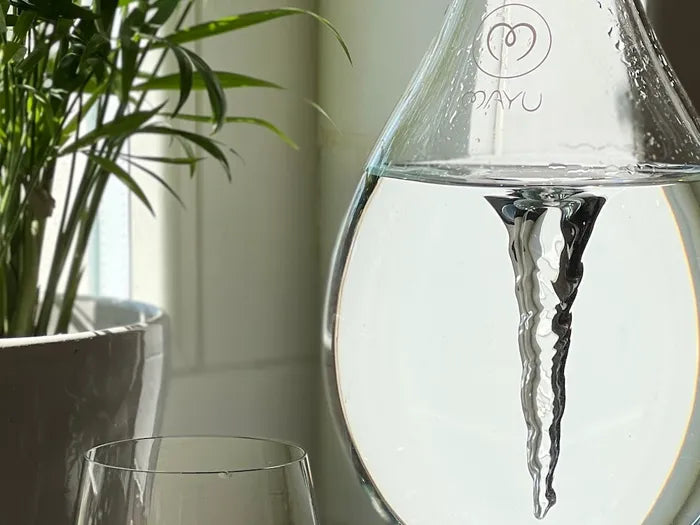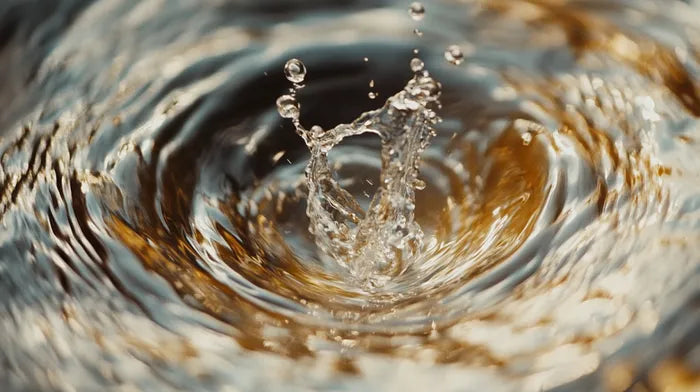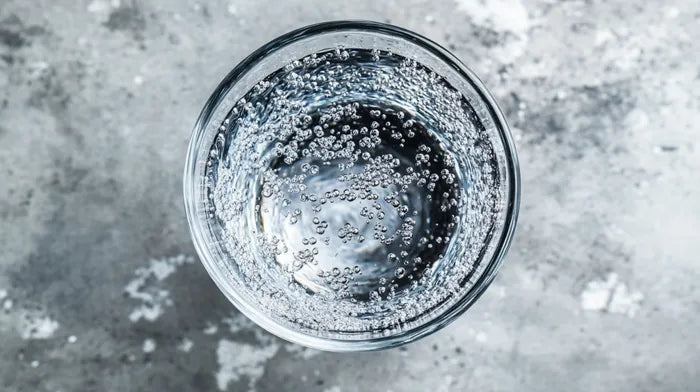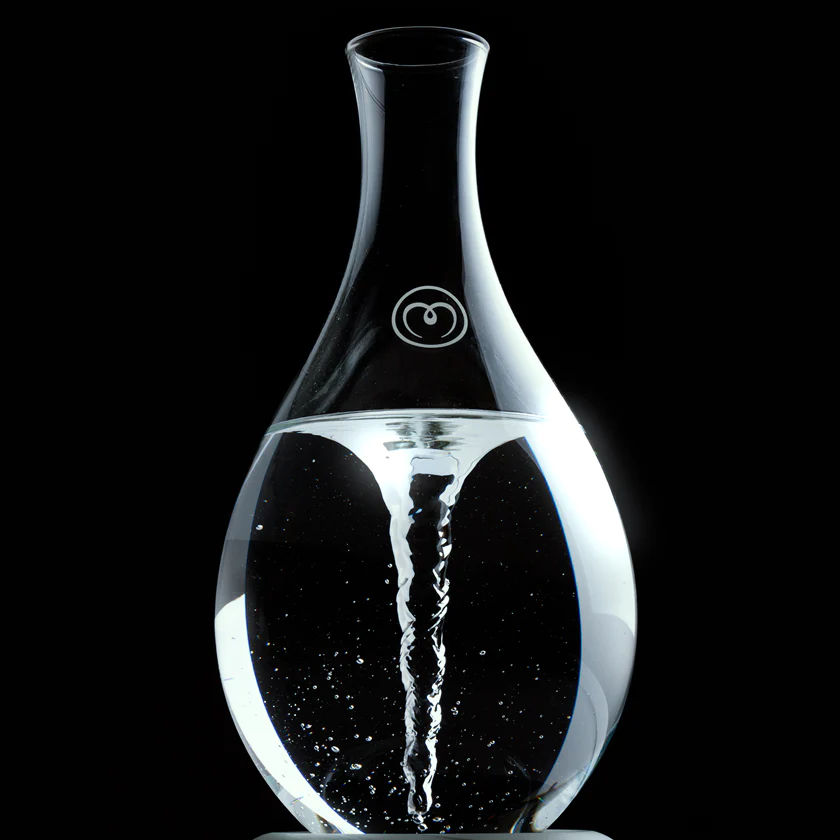Pharmaceuticals in Our Water: Unveiling the Hidden Contaminants
Published October 6, 2024

Our water is on drugs. It may sound like a bizarre notion, but it's an alarming reality. In our modern world, prescription and over-the-counter medications are finding their way into our water systems with potential implications for human health and the environment. But how do they get there, and what can we do about it?
The Prevalence of Pharmaceuticals in Water
Pharmaceuticals, including common medications, infiltrate our water systems through unsuspecting channels:
- Excretion: When we consume medications, our bodies metabolize and excrete a portion of the drugs through urine and feces. These residues can enter wastewater treatment plants and, in some cases, find their way into our water bodies.
- Improper Disposal: Improper disposal of unused or expired medications, such as flushing them down the toilet or pouring them down the drain, can contribute to pharmaceutical contamination in water sources.
- Agricultural Runoff: The use of pharmaceuticals in veterinary medicine and agricultural practices can result in their presence in water due to runoff from fields and livestock waste.
The Impact on Human Health and the Environment
The presence of pharmaceuticals in our water supply raises valid concerns. Even in tiny amounts, constant exposure may have adverse effects on both our health and the environment.
Human Health Implications
Even at low concentrations, long-term exposure to pharmaceuticals in water may have adverse effects on human health. Although research is ongoing, studies have suggested potential associations between pharmaceutical contamination and:
- Antibiotic Resistance: Overexposure to antibiotics in water may contribute to the development of antibiotic-resistant bacteria, making infections harder to treat.
- Endocrine Disruption: Some pharmaceuticals, such as hormonal medications, can interfere with the endocrine system, potentially leading to hormonal imbalances and reproductive issues.
- Unknown Interactions: The simultaneous presence of multiple pharmaceuticals in water could result in unknown interactions and potential health risks that are yet to be fully understood.
Environmental Impact
Pharmaceutical contamination in water bodies can also have detrimental effects on the environment, including:
- Aquatic Organisms: The presence of pharmaceuticals in water can impact aquatic organisms, such as fish and amphibians, leading to reproductive abnormalities, impaired growth, and changes in behavior.
- Ecosystem Disruption: Pharmaceutical contamination can disrupt the delicate balance of aquatic ecosystems, affecting the diversity and abundance of species.
Fighting the Invisible: Strategies to Combat Pharmaceutical Contamination
Addressing pharmaceutical pollution requires a collective effort from individuals, communities, and regulatory bodies. Here are a few actionable strategies:
- Proper Medication Disposal: Education and awareness campaigns should emphasize the importance of proper medication disposal, including safe disposal options like pharmaceutical take-back programs or designated drop-off locations.
- Advanced Wastewater Treatment: Upgrading wastewater treatment plants with advanced technologies can help remove pharmaceutical residues more effectively, reducing their presence in treated water.
- Enhanced Monitoring: Regular monitoring programs should be implemented to identify and quantify pharmaceutical contaminants in water sources, allowing for informed decision-making and targeted mitigation strategies.
- Sustainable Drug Development: Pharmaceutical companies can play a crucial role in developing medications that are less persistent in the environment and conducting thorough environmental impact assessments during the drug development process.
Preserving Our Blue Gold
The presence of pharmaceuticals in our water is a concerning issue that demands attention and action. By raising awareness, promoting proper medication disposal practices, implementing advanced treatment methods, and fostering collaboration among stakeholders, we can strive towards minimizing pharmaceutical contamination in our water sources. Protecting our water and preserving its purity is essential not only for human health but also for the well-being of the environment and the future generations to come.
Addendum: The Great Lakes Study
One striking example that highlights the extent of pharmaceutical contamination in our waterways comes from a study conducted in the Great Lakes region of Michigan. Researchers investigated the presence of pharmaceuticals in fish populations across all five of the Michigan Great Lakes. The results were startling: more than half of the fish studied were found to have traces of psychiatric medicines in their systems. This finding sheds light on the far-reaching consequences of pharmaceutical contamination. It demonstrates how these substances can infiltrate aquatic ecosystems and accumulate within the bodies of aquatic organisms, including fish. The fact that psychiatric medicines were detected in such a significant number of fish raises concerns about the potential impacts on their behavior, reproductive capabilities, and overall well-being. This study underscores the urgent need for effective measures to address pharmaceutical contamination in our water systems. It emphasizes the importance of understanding the broader ecological implications of these contaminants and their potential to disrupt delicate aquatic ecosystems. As we strive to tackle this issue, it is crucial to adopt a comprehensive approach that involves not only wastewater treatment improvements and proper medication disposal but also continued research and monitoring efforts. By gaining a deeper understanding of the presence and effects of pharmaceuticals in our waterways, we can develop targeted strategies to mitigate their impact on both aquatic organisms and human health. The presence of psychiatric medicines in fish populations across the Michigan Great Lakes serves as a poignant reminder of the pervasive nature of pharmaceutical contamination in our water. This discovery underscores the urgency of taking action to prevent further pollution and protect the health of our water ecosystems. By implementing sustainable practices, raising awareness, and supporting ongoing research, we can work together to safeguard our water resources and preserve the well-being of both wildlife and humans alike.

















































